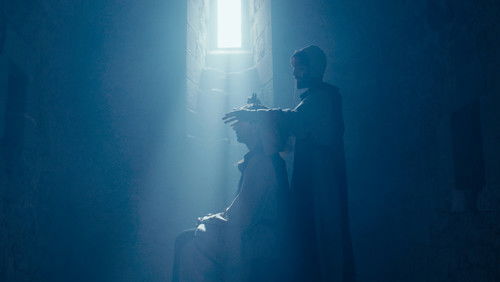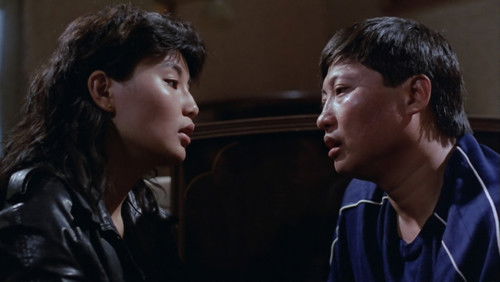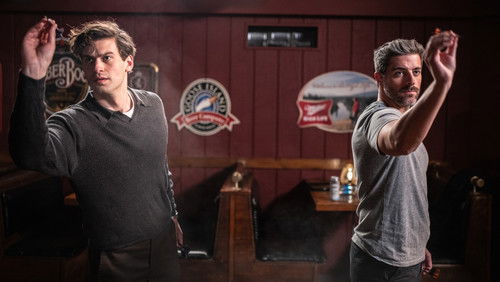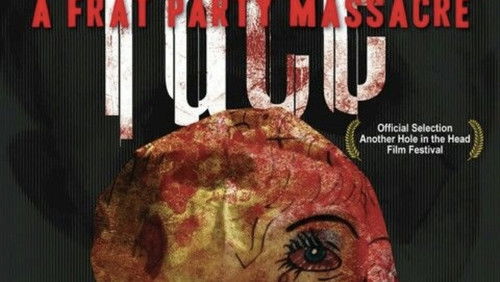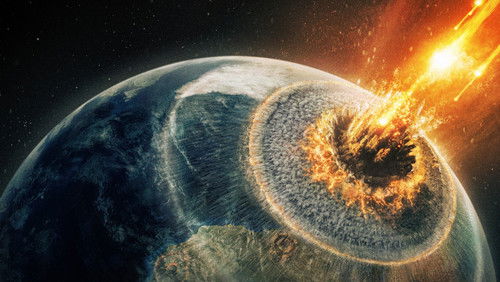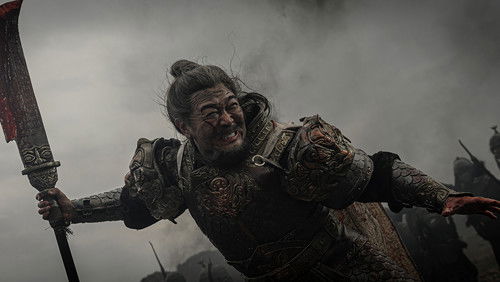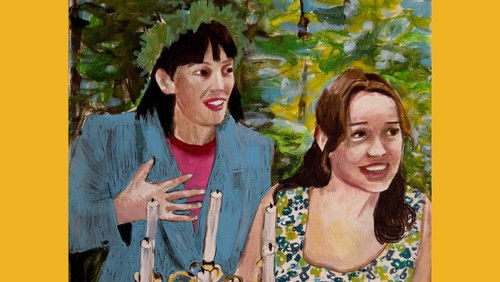Usugeshô (1985)
41KUsugeshô (1985). 2h 4m
“Feels like Flannery Ou0026#39;Connor: undeniable guilt tempered by mysterious, nearly beyond belief redemption.u003cbr/u003eu003cbr/u003eI absolutely need subtitles and Iu0026#39;m too lazy to check the Kanji on this one, but my old Kenkyushau0026#39;s Japanese-English, for this filmu0026#39;s original title, Usugesho, gives u0026quot;light make-up,u0026quot; not the less relevant English title u0026quot;Tracked.u0026quot; If so, then Gosha used his title to point up not the slow-motion years-long chase, but a couple of scenes involving makeup. Chie, thinking to protect her damaged savior, blackens Sakaneu0026#39;s eyebrows, and in an inexplicable, apparently sexless scene, nonetheless unsettling to anyone whou0026#39;s lately seen The Woodsman or Hitchcocku0026#39;s Vertigo, Sakane makes up a very little girl. This is a film about faces, named not Kao (face) but Usugesho (makeup): put-on, ephemeral, changeable face. Or, how changeable? Someone mistakes Sakaneu0026#39;s eyebrow paint for tattoos.u003cbr/u003eu003cbr/u003eIn another film Iu0026#39;ve written about lately here, Kichiku (1978), Ken Ogata plays the abusive father as a lanky goofy fool, looks something like languid Roger Miller (song: u0026quot;King of the Roadu0026quot;), or think the Honeymoonersu0026#39; Ed Norton or Sienfeldu0026#39;s Kramer. Here he appears stockier. Clean shaven in the lethal flashbacks heu0026#39;s pure hedonism, mindless seeker of physical pleasure. At the same time, heu0026#39;s physically dangerous, a pleasure seeker with all too much strength. Gosha allows us no hint of exculpatory back story. On the run, mustachioed in thick-rimmed glasses and an ever-present neck cloth to hide a suicide scar, he looks like Charles Bronson, a bashful Charles Bronson, a loner as befits the situation. Something unavailable to other men, his bosses, coworkers, and others, has infused him with a cool, a wisdom, a superiority devoid of vanity. It seems almost a Zen thing. Is this state the providence of his crimes, of his suicide? Must one destroy to achieve it? Is it anything like a military vetu0026#39;s stoicism? At once it enables him to defend against thugs a cowering, mawkishly grateful coworker and attracts the broken, generous Chie.u003cbr/u003eu003cbr/u003eChie, who painted Sakaneu0026#39;s face, will say eventually, u0026quot;Men are illusions.u0026quot; The detective who retired from the chase wonders to the detective still on it what relation Sakane eight years on can possibly bear to the Sakane who committed the crimes.u003cbr/u003eu003cbr/u003eThe filmu0026#39;s highly syncopated. Cuts between the two Sakanes are abrupt, disorienting. Most viewers will take seconds or minutes to realize which past they are in. Now and then, maybe most curiously in the makeup scene with the little girl, the soundtrack breaks to a raw tango, a wailing bandoleon.u003cbr/u003eu003cbr/u003eIn the end all that matters here, all thatu0026#39;s likely to hold in my memory or yours, is two faces, Sakaneu0026#39;s and Chieu0026#39;s. Chieu0026#39;s has a radiance too brilliant to endure.”

